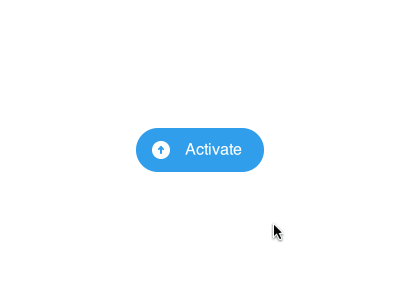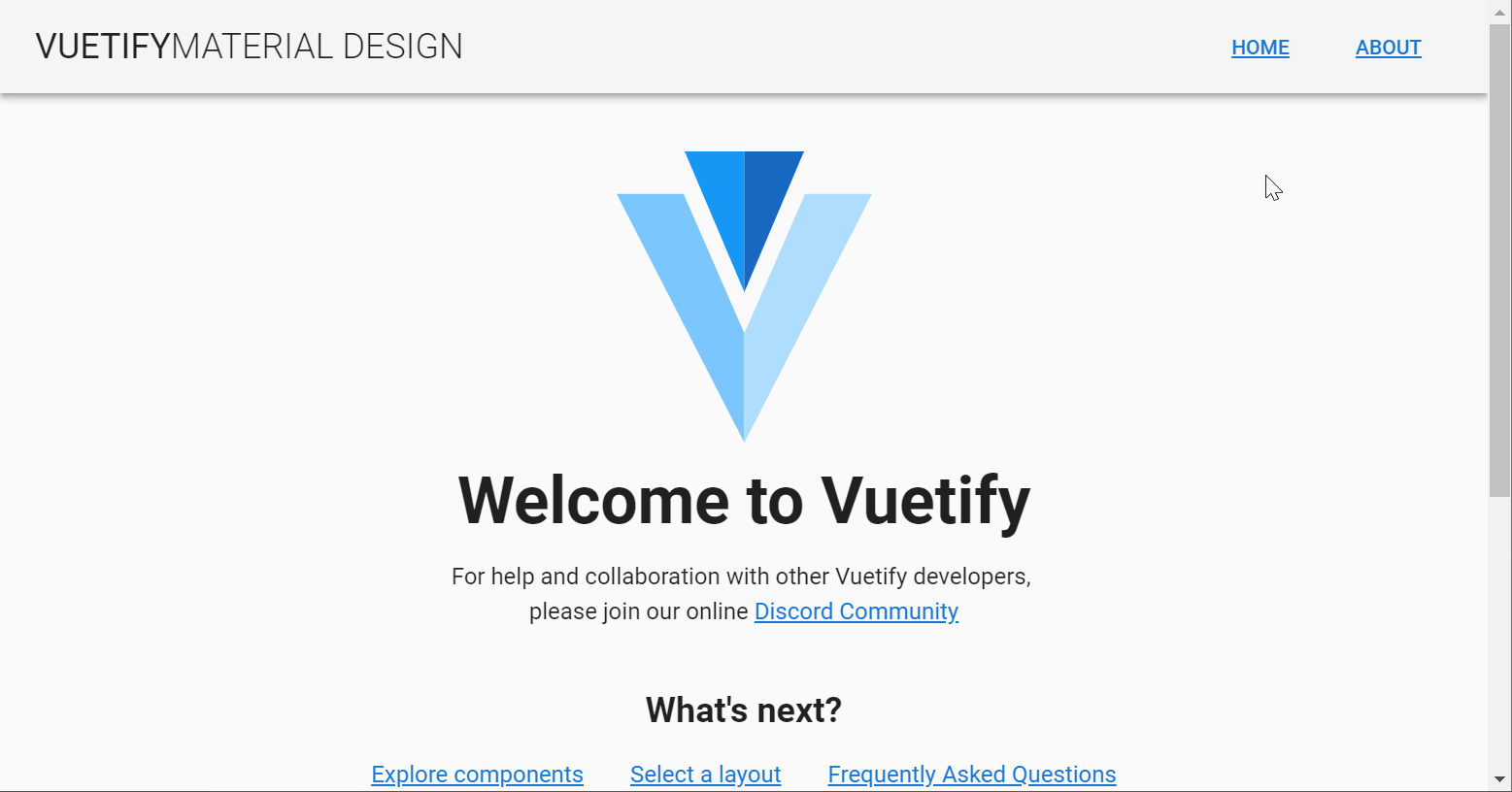

Thats expected, the cmd/ctrl click is native, its not emulated by Vue Router. In the next tutorial in this series, we are going to be taking a look at building our own AWS Lambda functions, with the help of the serverless cli, that will allow us to store, retrieve and delete images in our application. For example, router-links can be opened in a new tab by pressing CMD/CTRL CLICK, however that behavior doesnt happen on an click like the one above.
Vue router button code#
Source Code - The up to date code for this part of the series can be found here:Įlliotforbes/imgur-clone-vuejs-nodejs Further Reading: So, in this tutorial, we have managed to extend our existing Vue.JS Imgur application to incorporate routing and we have created some incredibly simple placeholder components which will be used to login, register and view routes which we will flesh out in the next part of this series. I always feel like adding routing to your applications make them feel like “proper” applications and it’s always exciting adding the placeholders for the login and authentication flow that every application tends to require. Now, when you navigate to /random-id within your application, you should see that it displays something like this in the browser: You tend to specify a path of some description and then match it against a given component: You tend to find that the configuration for client-side rendering is typically very similar in terms of how it is structured.
You may also generate vue-routerThis act of determining what component to render within the framework is known as client-side rendering. Use Bootstraps custom b-button component for actions in forms, dialogs. To navigate to a different URL, use router.push.

In most frontend JavaScript frameworks such as React, Angular and even Vue.JS, you tend to have a single router within your application that handles the task of determining what path you are hitting and then dictating the component that has to be rendered for that path. Note: Inside of a Vue instance, you have access to the router instance as router. We’ll be covering how routing works in terms of all Single Page Applications, and then how it specifically works within Vue.JS. In this tutorial, we’ll be looking primarily at how you can set up your Vue.JS application to use the incredibly popular vue router package. Now that we have some fo the basics under our belt when it comes to building components, it’s time to look at how we can start building a more complex application and introduce multiple components and a router that allows us to switch between rendering certain components. Ī captivating guide to the subtle caveats and lesser-known parts of JavaScript.In the last tutorial in this series, we looked at building a really simple component within our Imgur application. For some reason, the button does not render in my Vue Router Views. We can set the b-button to prop to use the Vue Bootstrap button component as a Vue Router link. I completed the setup, finished the OAuth Consent Screen, obtained my CLIENTID, have my login uri for the callback, imported the in my index.html file in Vue public folder. Use Vue Bootstrap button as Vue Router link When using Vue Router with Vuetify, we can use the button component as a router link by setting the v-btn to prop.

The $router variable represents the router instance and can be used for programmatic navigation. Īlternatively, we can use a button as a Vue router link by calling the push() method on the $router variable made available by Vue Router. If working with Vue 2.x, you can use a button as a router link by setting the tag prop to the name of the button component, and setting the to prop to the specific route. The above method only works for Vue 3.x though.


 0 kommentar(er)
0 kommentar(er)
